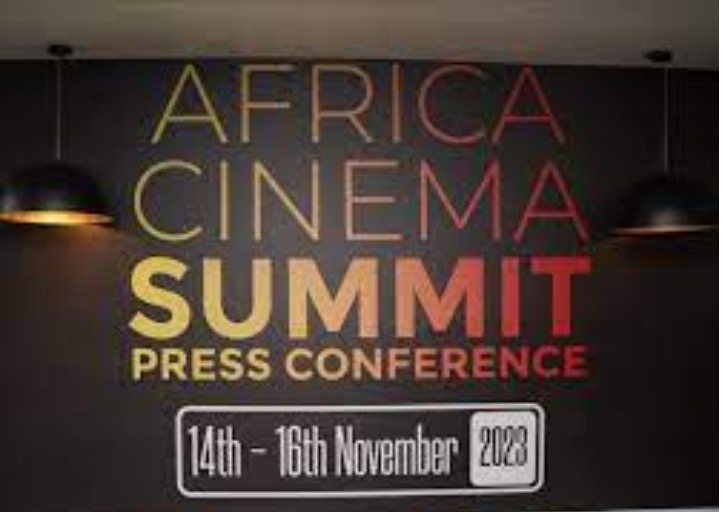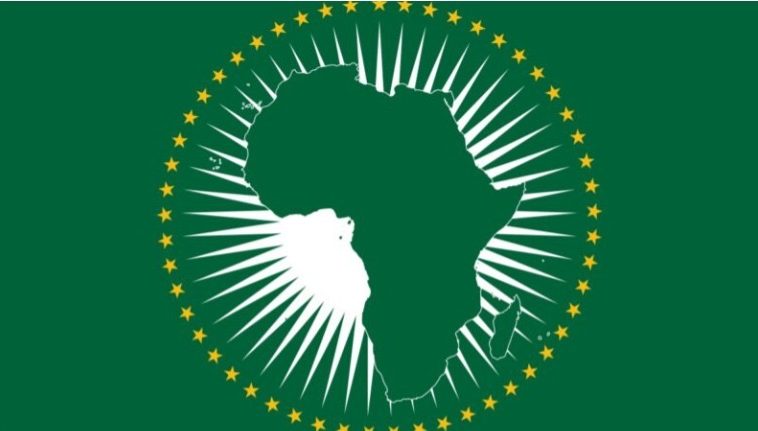Peacekeeping Missions in East Africa
One of the areas that has suffered dramatically as a result of hostilities is East Africa. Over the past 40 years, several of these countries have seen internal conflicts, some resulting in unresolved hostilities and militarization. This has led to conflict and instability patterns, which have kept this area among the world’s most unstable. As a result, a sizable chunk of the region is still unable to escape the deadly concoction of political instability, extremism, violent crime, armed conflicts, and governmental failure that has afflicted the area for many years.
The regional government’s renewed commitment to addressing trans-border conflict issues and their increased efforts to police borders within the region in recent years represent a significant window of opportunity. Regional nations are only sometimes able to manage their vast, remote border regions efficiently.
Since central governments and interstate regional organisations work in tandem with local communities and authorities, a large portion of trans-border conflict management and prevention falls on their shoulders. The degree to which cross-border conflict and instability issues are effectively addressed depends critically on how resilient and adaptable this group of local and regional actors is.
A case example is South Sudan. The Republic of South Sudan has, in the recent past, grappled with corrupt and brutal waves of violence for most of its post-independence period since July 9, 2011. As a result, South Sudanese have feared conducting elections, citing severe political conflict compounded by economic woes and drought.
The extreme political temperatures started on December 5, 2013, when Salva Kiir thought Riek Machar of the opposition party had organised a coup against him. The bone contention of the divide was the issue of nominating the flag bearer for SPLM. Others argued that it should be done by show of hands, while others were in favour of going to the ballot box. Since the two parties could not agree, the Republic of South Sudan broke out into war.
On that basis, soldiers started fighting and killing each other, a move that triggered the neighbouring country’s previous president, Uhuru Kenyatta, to appoint Ambassador Kalonzo Musyoka as his special envoy to South Sudan. The primary purpose of this appointment was to help the two leaders, Riek Machar and Salva Kiir, understand the source of their disagreements and devise new ways of restoring peace in South Sudan.
In his efforts to restore peace, Ambassador Musyoka brought the two rival parties to the table with the goal of putting national interests at the forefront of the conversation and discussing a way forward for the prosperous nation of South Sudan. Each of them sought to give different versions of the story, and as a result, they could not reach a conclusive report.
Speaking to Africa Leadership Magazine, Amb Kalonzo Musyoka noted that for South Sudanese to overcome the fear of elections, they must be on the lead in restoring peace. Because then, that is what will help them legitimise governance in their country.
“I think, for fear of elections, they must find a way to overcome it because that is how
They will legitimise governance in the country.” Amb. Kalonzo Musyoka, Uhuru
Kenyatta’s special envoy to South Sudan
Even though regional organisations such as the Intergovernmental Authority on Development (IGAD) and the African Union (AU) have played their role in uniting the country, the East African regional leaders will still have a significant role to play in South Sudan.
Presently, the UN mission is leading efforts to flatten the curve in East African countries such as Sudan, Ethiopia, and other East African countries.
Peacekeeping Missions in West Africa
Over the past thirty years, events in West Africa have tested the Republic of Sierra Leone, although it also hosted UN peacekeeping missions from 1998 to 2005. The successful completion of such assignments inspired Sierra Leoneans to lead others on the difficult path towards peace. As a result, UNAMSIL served as a model for successful peacekeeping and the UN’s new emphasis on peacebuilding. The mission helped disarm tens of thousands of former rebels and helped with infrastructure restoration, police force reconstruction, national elections, and government services.
The UN also helped the government control the diamond industry and stop the illicit trade in precious stones. Rebels have used money earned from “blood” or “conflict” diamonds to buy weapons, which has increased the level of violence. Not everyone anticipated that UNAMSIL would be effective. For instance, the operation was at risk of failing in May 2000 when the rebel Revolutionary United Front (RUF) breached the ceasefire and kidnapped hundreds of peacekeepers, jeopardising the credibility of UN peacekeeping.
Seeing the chaos that followed, the international community penalised RUF supporters and put pressure on the rebels to observe the truce. UNAMSIL, after that, intensified its efforts to mediate a return to the negotiation table between the two adversaries. It began disarming fighters on both sides and sending in more troops to keep the ceasefire in place.
The United Kingdom, which had sent a force to bring peace, started reconstructing the army after the RUF broke the truce. At the same time, UNAMSIL and other international partners concentrated on training the local police force. By early 2002, UNAMSIL had demobilised almost 75,000 former militants, including child soldiers, and seized their weapons.
The government declared the conflict to have officially ended. Following political stabilisation, Sierra Leone was able to hold its first-ever free and fair presidential and parliamentary elections thanks to the mission’s logistical and PR support. Two years later, the delegation helped with the local government elections similarly. UNAMSIL completed most of the duties assigned to it by the Security Council, assisting over 500,000 refugees and internally displaced individuals in their voluntary return.
It helped the government retake control of social services and authority in areas ruled by rebels, trained thousands of police officers, and constructed or rebuilt dozens of police stations. In addition to overseeing and educating the people of Sierra Leone about human rights, UNAMSIL was instrumental in the establishment of the Special Court for Sierra Leone, which would try those most responsible for war crimes. The Truth and Reconciliation Commission, whose goal is to reconcile atrocity victims and perpetrators to heal the wounds of conflict, was established with assistance from the Mission to the Government.
South Africa’s peacekeeping missions
A powerhouse on the continent, South Africa, has stated it wants to remain neutral and favours negotiation to end the conflict rather than denouncing the invasion of Ukraine. The mission of the African leaders conveyed the voice of a continent severely affected by the fallout from the conflict in Ukraine.
It presented a ten-point plan that included de-escalation, acknowledging national sovereignty, allowing unrestricted grain shipments across the Black Sea, and returning children and prisoners of war to their home nations. But the Kremlin considered the principles “very difficult to implement,” and Zelenskyy refused to hold negotiations with Moscow as long as Russian forces were occupying Ukrainian land.
Especially in light of growing grain prices. The presidents of Senegal, Congo, Zambia, South Africa, and Comoros were among the diplomats on the delegation, along with high-ranking officials from Egypt, Uganda, and CongoExitBrazzaville.


